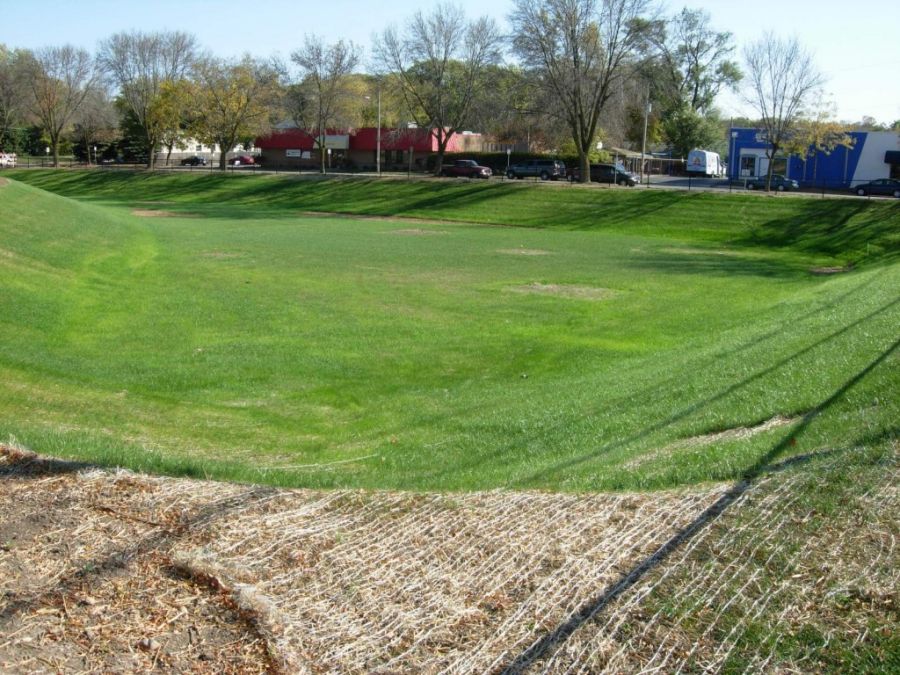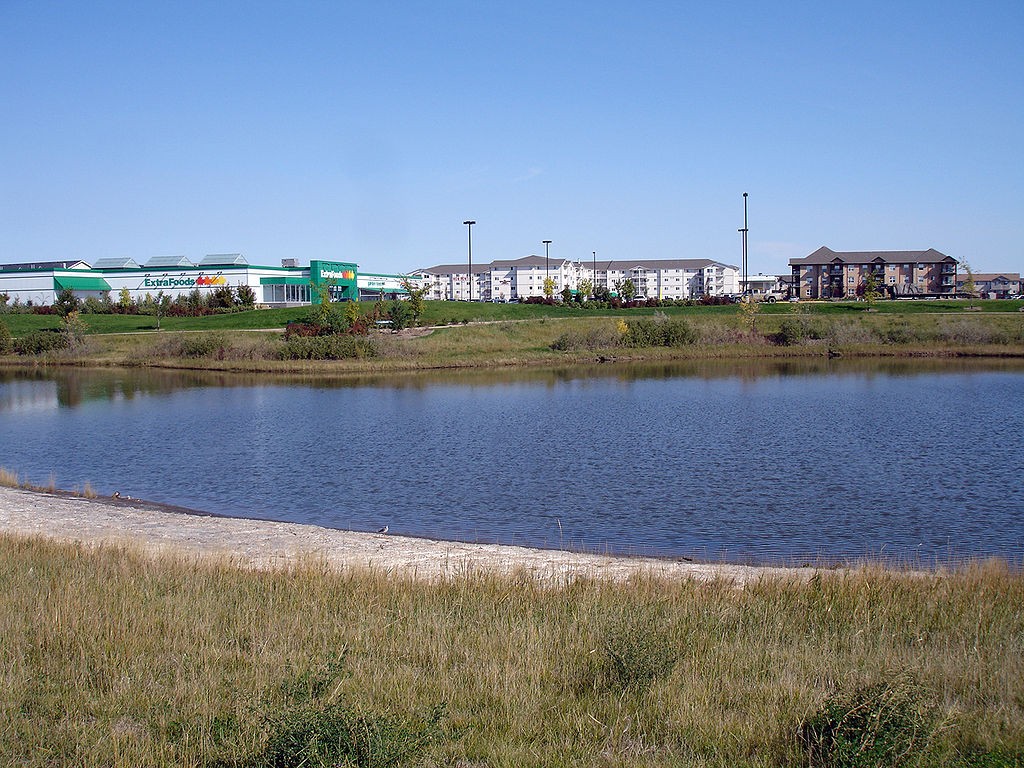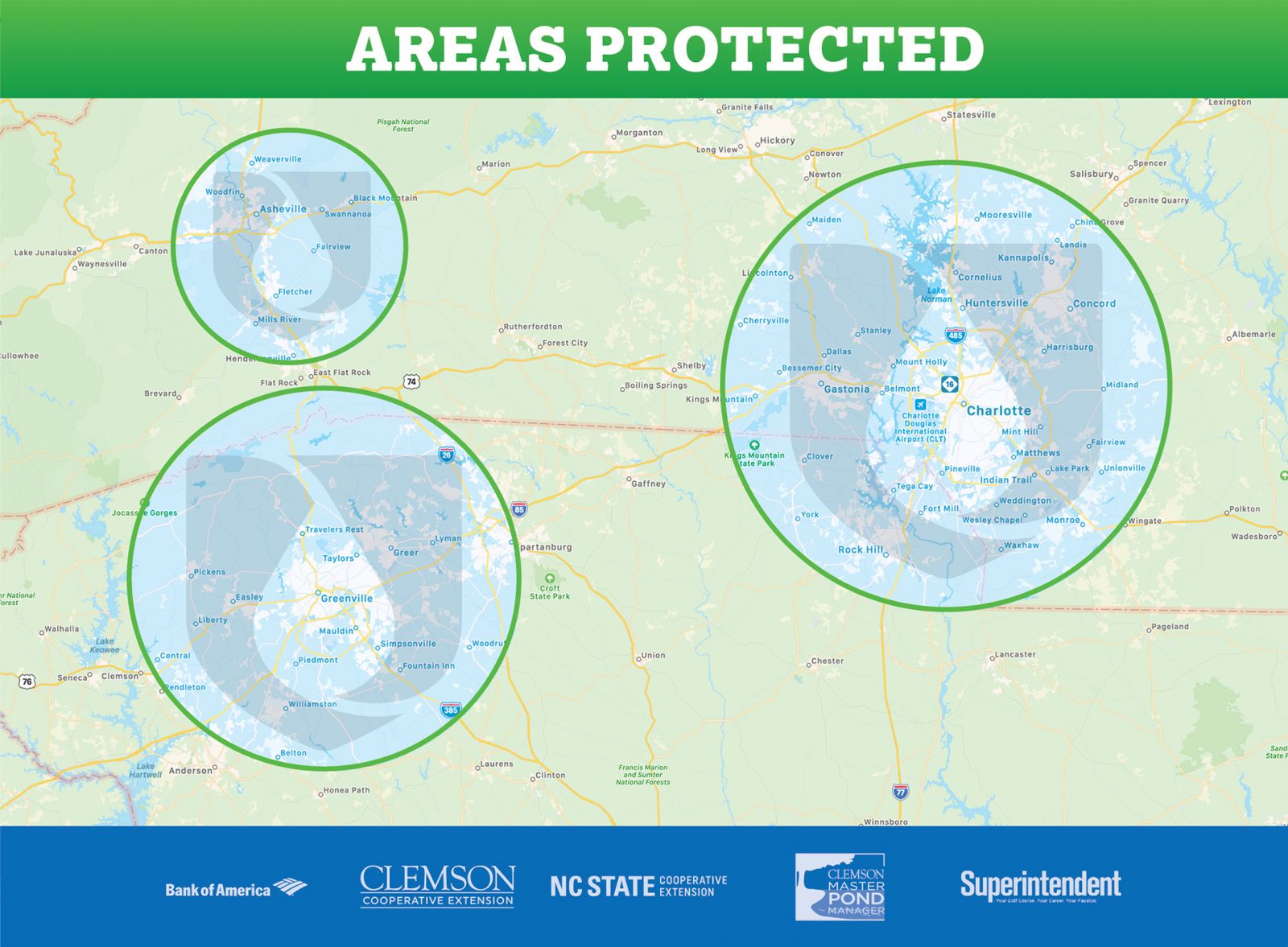
Dry and Wet Retention Ponds
The difference between a dry detention pond and a wet retention pond may not seem interesting or important. But they play a huge roll in our residential areas.This blog will explain the difference between the ponds and I’m also going to provide some general information for residents and home owners associations (HOAs).
“Dry” Detention Ponds
Dry ponds, also called ‘detention ponds’ are stormwater basins that are designed to intercept a volume of stormwater runoff and temporarily impound the water for gradual release to the receiving stream or stormwater sewer system. (Dry ponds are typically on-line, end-of-pipe BMP’s (Best Management Practices)).
Dry ponds are designed to completely empty out between runoff events and, therefore, provide mainly runoff rate control as opposed to water quality control. Dry ponds can provide limited settling of particulate matter, but a large portion of this material can be resuspended by subsequent runoff events.
Therefore, dry ponds should be viewed as a way to reduce the peak discharge of stormwater into receiving streams or stormwater sewers to limit downstream flooding.

“Wet” Retention Ponds
A retention pond is a pond designed to hold a specific amount of water indefinitely. Usually, the pond is designed to have drainage leading to another location when the water level gets above the pond capacity but still maintains a certain capacity.
Retention ponds capture the diverted stormwater runoff from streets and gutters and other impervious surfaces, such as roofs, parking lots and sidewalks. Retention ponds provide two primary services. First, they retain runoff before releasing it into streams or other bodies of water.
They release the water at flow rates and frequencies similar to those that existed under natural conditions (before land clearing and development). The flood volume held in a retaining pond reduces the impact on downstream stormwater systems.
The second benefit of retaining ponds is they provide pollutant removal through settling and biological uptake. (Biological uptake is the transfer of substances from the environment to plants, animals and humans.)
Ponds remove 30-80% of certain pollutants from water before it enters other bodies of water or water sheds. (Water shed: an area of land that drains downslope to the lowest point. The water moves through a network of drainage pathways, both underground and on the surface - most commonly associated with lakes, riverfronts and streams.)
Common pollutants reduced are sediments, bacteria, greases, oils, metals, total suspended solids, phosphorous, nitrogen and trash.
Ponds are one of the most effective tools for providing channel protection and pollutant removal in urban streams. Essentially, retention ponds provide water quality and quantity control.” Unknown. “Wet Retention Ponds vs. Dry Detention Ponds | Sentry Management.” Wet Retention Ponds vs. Dry Detention Ponds | Sentry Management. N.p., n.d. Web. 26 Feb. 2016.
Now serving Greenville SC, Spartanburg SC, Asheville NC, Charlotte NC, Winston-Salem NC, & Greensboro NC areas.
Get started. Become a member today!



